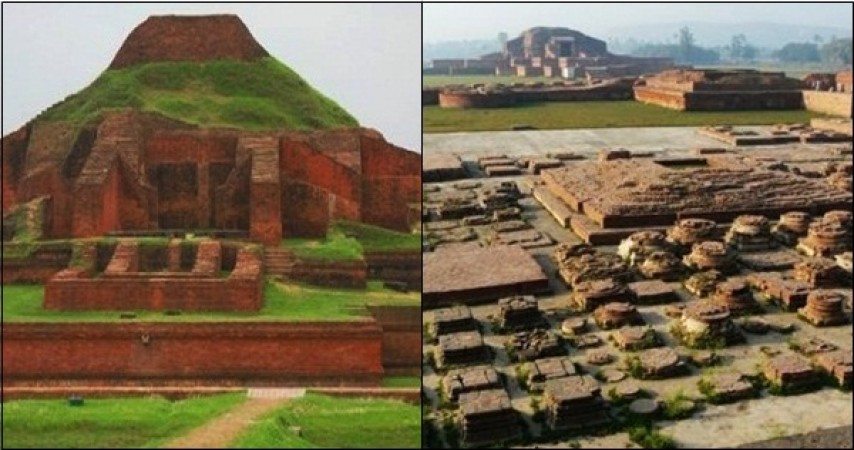
India has a rich history of higher education dating back to ancient times. The subcontinent was home to several renowned universities that flourished as centers of learning and knowledge dissemination. These universities were not only pivotal in shaping India's intellectual heritage but also attracted scholars from around the world. Let's delve into the fascinating world of ancient Indian universities, their subjects of study, establishment, international reputation, and unfortunate decline.
Subjects Taught in Ancient Indian Universities:
The ancient Indian universities were centers of multidisciplinary education. They offered a wide range of subjects covering fields like mathematics, astronomy, medicine, architecture, literature, philosophy, grammar, music, politics, and religious studies. The curriculum emphasized a holistic approach to education, integrating spiritual, moral, and intellectual development.
Establishment and International Recognition:
Some of the most renowned ancient Indian universities included:
Nalanda University: Established in the 5th century CE in present-day Bihar, Nalanda was one of the world's earliest residential universities. It attracted scholars and students from countries like China, Japan, Korea, Tibet, Greece, and Persia. Nalanda's reputation for Buddhist studies and logic was unparalleled, and it remained a prominent institution until the 12th century.
Taxila (Takshashila) University: Located in present-day Pakistan, Taxila was a premier center for education and research. It dates back to the Vedic period and became a renowned seat of learning in various fields, including mathematics, astronomy, medicine, and politics. Students from Central Asia, Greece, Persia, and China traveled to Taxila to seek knowledge.
Vikramashila University: Established by King Dharmapala in the 8th century CE, Vikramashila, in present-day Bihar, was a major Mahayana Buddhist learning center. It attracted scholars from across Asia, particularly Southeast Asia, China, and Tibet.
Valabhi University: Located in Gujarat, Valabhi was renowned for its studies in grammar, literature, and logic. It was a prominent center of Jain learning and attracted scholars from India and beyond.
Odantapuri University: Located in Bihar, Odantapuri specialized in Tantric Buddhism and attracted scholars from Tibet and other Himalayan regions.
International Students in Ancient Indian Universities:
The ancient Indian universities were melting pots of cultural exchange, attracting students from diverse countries. Chinese traveler Xuanzang and Korean scholar Hyecho studied at Nalanda. Notably, Xuanzang's detailed accounts of Nalanda's curriculum and monastic life offer valuable insights into the university's academic ambiance.
Decline and Destruction:
Despite their illustrious history, the ancient Indian universities faced significant challenges during various periods. The decline of these centers of learning was attributed to several factors, including political instability, foreign invasions, and changing educational priorities. The destruction of these universities mainly occurred during the invasions of Muslim rulers in the 12th century. The sack of Nalanda by Bakhtiyar Khilji in 1193 CE is particularly notorious, as it resulted in the devastation of the once-thriving institution.
Revival and Legacy:
Though the ancient universities faced destruction, their legacy survived through oral traditions and manuscripts. The revival of Indian education took place under British colonial rule, with the establishment of modern universities inspired by ancient learning centers.
In conclusion, the ancient universities of India were not just centers of academic excellence but also beacons of cultural exchange and international collaboration. Their legacy continues to inspire the pursuit of knowledge and the appreciation of India's rich intellectual heritage. As we commemorate their contributions, it is essential to cherish and preserve the spirit of inquiry, openness, and multidisciplinarity that defined these ancient centers of learning.
World Nature Conservation Day: India's Role in Preserving the Gift of Nature
ISRO's Gaganyaan Propulsion System Aces 2 More Hot Tests
Monsoon Magic: 6 One-Pot Indian Dishes to Savor the Rainy Season